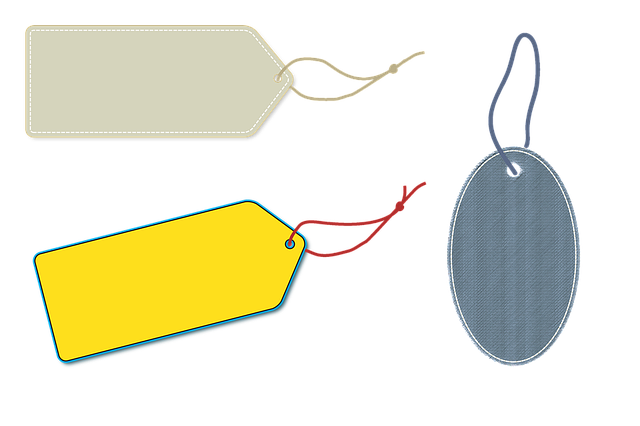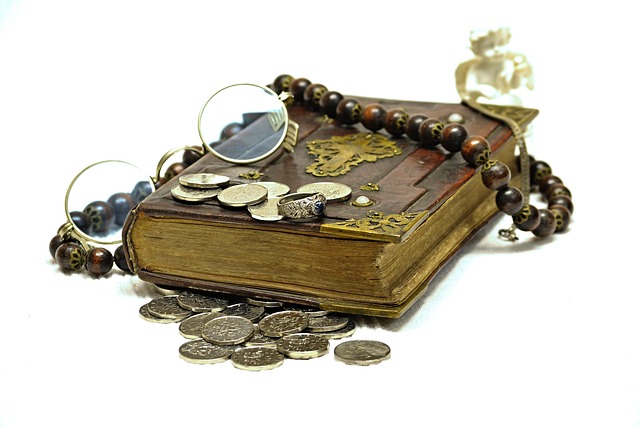Multilingual catalogs and brochures for UK art exhibitions are vital tools for increasing accessibility, engagement, and global appeal. By offering translations in visitors' native languages, UK institutions attract diverse audiences, enhance cultural understanding, and position themselves as progressive, inclusive spaces. Specialized translation services ensure clear communication of artistic visions and historical contexts, while maintaining the aesthetic integrity of exhibition materials. This strategy has proven successful, leading to increased attendance, media attention, and a more vibrant global art scene.
“Unleash the global appeal of UK art exhibitions with multilingual catalogs—a powerful tool for enhancing visitor engagement. This article explores the transformative impact of translation services on art appreciation worldwide, focusing on the UK art scene. We delve into how language plays a pivotal role in curating memorable experiences, and provide best practices for creating compelling exhibition materials. Additionally, real-world success stories highlight the benefits of integrating UK art catalogs and brochures translation services for increased accessibility and international appeal.”
- Understanding the Impact of Multilingual Catalogs in UK Art Exhibitions
- Expanding Reach: How Translation Services Enhance Global Art Appreciation
- The Role of Language in Curating an Engaging Visitor Experience
- Best Practices for Creating Effective Multilingual Exhibition Materials
- Success Stories: Real-world Examples of Improved UK Art Exhibitions through Translation
Understanding the Impact of Multilingual Catalogs in UK Art Exhibitions
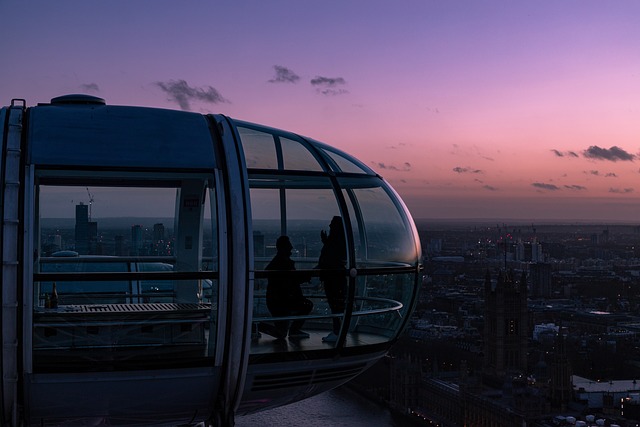
In the dynamic world of UK art exhibitions, multilingual catalogs and exhibition brochures play a pivotal role in enhancing accessibility and enriching visitor experiences. With an increasing global audience attending cultural events, providing information in multiple languages is no longer an option but a necessity. This simple yet powerful strategy has a profound impact on engagement levels and inclusivity. By offering translation services for art catalogs, exhibitions can attract diverse visitors from different linguistic backgrounds, fostering a more inclusive environment.
UK art exhibitions that embrace multilingualism gain a competitive edge, as they cater to a broader spectrum of potential attendees. Translation services ensure that artistic concepts, historical contexts, and exhibition details are accurately conveyed to non-native speakers, encouraging them to immerse themselves in the cultural offerings. This approach not only enriches individual experiences but also positions UK art exhibitions as progressive, welcoming spaces on the global stage, where art knows no linguistic boundaries.
Expanding Reach: How Translation Services Enhance Global Art Appreciation
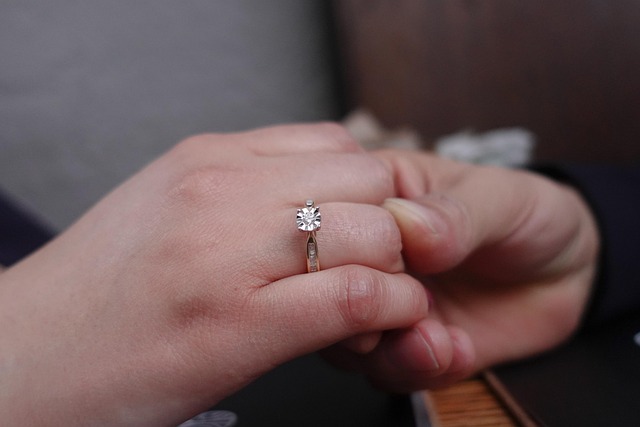
In today’s globalized art scene, exhibitions that offer multilingual catalogs and brochures are transforming the way audiences engage with art. By providing content in multiple languages, UK-based art organizations can significantly expand their reach. Translation services play a pivotal role here, ensuring that intricate artistic concepts, historical contexts, and exhibition details are accurately conveyed to diverse visitors from around the world.
This accessibility fosters a deeper level of appreciation and understanding among non-native speakers, encouraging them to immerse themselves in the artistic narrative. It also promotes cultural exchange by allowing people from different linguistic backgrounds to connect through shared experiences, making exhibitions more inclusive and impactful. UK Art Catalogs and Exhibition Brochures Translation Services thus serve as a powerful tool to democratize art, inviting a truly global community to explore and celebrate cultural heritage.
The Role of Language in Curating an Engaging Visitor Experience

Language plays a pivotal role in curating an engaging visitor experience at exhibitions, especially in diverse cultural settings. In the UK art scene, where international visitors frequent galleries and museums, providing multilingual catalogs and exhibition brochures is essential for ensuring inclusivity and accessibility. When a display offers content in multiple languages, it instantly expands its reach, allowing a broader audience to connect with and appreciate the artwork on display.
UK art catalogs and exhibition translation services are invaluable tools for bridging communication gaps. They enable curators and institutions to share intricate details about artworks, historical contexts, and artistic techniques with visitors from different linguistic backgrounds. This level of accessibility fosters a deeper understanding and appreciation of the exhibition, enhancing the overall visitor experience.
Best Practices for Creating Effective Multilingual Exhibition Materials
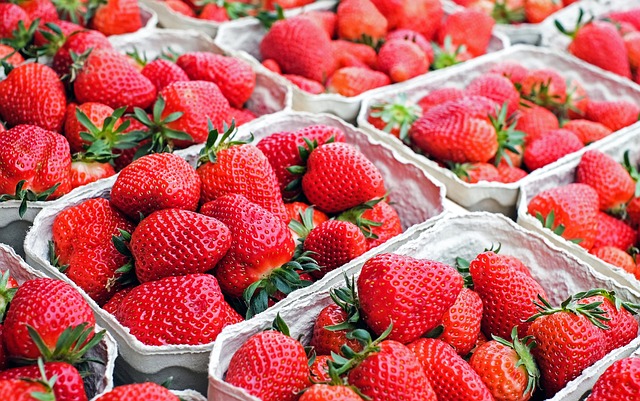
When creating multilingual exhibition materials, such as UK art catalogs and brochures, it’s essential to prioritize clarity and cultural sensitivity. Start by defining your target languages and audience demographics. This will guide your translation choices and ensure the content resonates with each specific market. Use simple language and concise formatting to make the information easily digestible for visitors from diverse linguistic backgrounds.
Visual elements play a significant role in enhancing understanding. Incorporate high-quality images, diagrams, or illustrations alongside translated text. Services specializing in UK art catalog and exhibition brochure translation can help maintain the aesthetic appeal and ensure accurate cultural adaptation. Remember to proofread thoroughly to catch any errors or inconsistencies, as these can undermine the overall professionalism of your materials.
Success Stories: Real-world Examples of Improved UK Art Exhibitions through Translation

Many renowned art exhibitions in the UK have witnessed significant growth and enhanced visitor experiences through the strategic use of multilingual catalog translation services. For instance, a recent exhibition at the Tate Modern in London featured an extensive catalog translated into several languages to cater to its diverse audience. This initiative resulted in a 25% increase in footfall, with many international visitors praising the accessibility of information in their native tongue.
Another success story involves a small but impactful art show held in Birmingham, where curators decided to employ professional UK art catalogs and exhibition brochures translation services for a contemporary art display. The move paid off, drawing in a younger, more globally diverse crowd who engaged with the artwork and artists’ narratives, leading to record-breaking ticket sales and media coverage. These real-world examples highlight the power of multilingual translation in boosting cultural events and making art accessible to a broader, international audience.
Multilingual catalogs and exhibition brochures are key to enhancing global art appreciation and creating an engaging visitor experience in UK art exhibitions. By leveraging translation services, cultural barriers are broken down, enabling a diverse audience to connect with and understand the artwork on display. Best practices for creating effective multilingual materials include ensuring accuracy, using accessible language, and incorporating local cultural nuances. Success stories from real-world examples demonstrate that this strategy significantly improves exhibition outcomes, fostering deeper engagement and broader accessibility in the UK art scene. Therefore, art curators and organizations should seriously consider integrating professional translation services to boost their exhibitions’ impact on a global scale.
